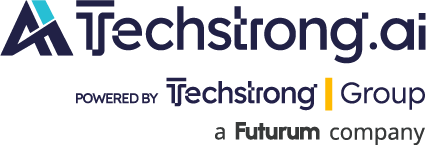Synopsis: Andrew Wells, chief data and AI officer for NTT DATA for North America, dives into the inherent challenges organizations face in the absence of formal artificial intelligence (AI) regulations.
In this episode of Techstrong AI, Andrew Wells discusses the findings of a recent NTT Data report showing that both business and technology leaders are eager to innovate with AI—but many are holding back due to the lack of clear regulations. The absence of global AI standards has created a tug-of-war between the drive to stay competitive and the need to innovate responsibly. Leaders are launching proof-of-concept projects, but fewer than 10% make it to production, often due to concerns about workforce impact, customer experience, and future compliance risks.
Wells emphasizes the importance of building AI systems with “responsibility by design,” guided by leadership, strong governance, and workforce readiness. He notes that AI’s probabilistic nature makes it difficult to ensure consistent outcomes—especially for business-critical, deterministic processes. Techniques like Retrieval-Augmented Generation (RAG) and training on company-specific data can help increase model accuracy. However, to safely scale AI, companies must embed human oversight, prepare for audits, and ensure employees are trained to use the tools effectively.
A key insight from the report is a growing disconnect between optimistic executives and frontline teams who are wrestling with the immaturity of current AI tools. Implementation is often messy, with teams relying on “bubble gum and duct tape” to build workable solutions. Wells suggests that transparency with customers and partners will become increasingly necessary, especially when AI systems make impactful decisions. As the AI landscape matures, Wells envisions a future where AI helps govern AI—through models that audit and ensure the safety and ethical use of other models. Until then, he urges organizations to act with principled caution, stay agile and close the loop between strategy and execution.

